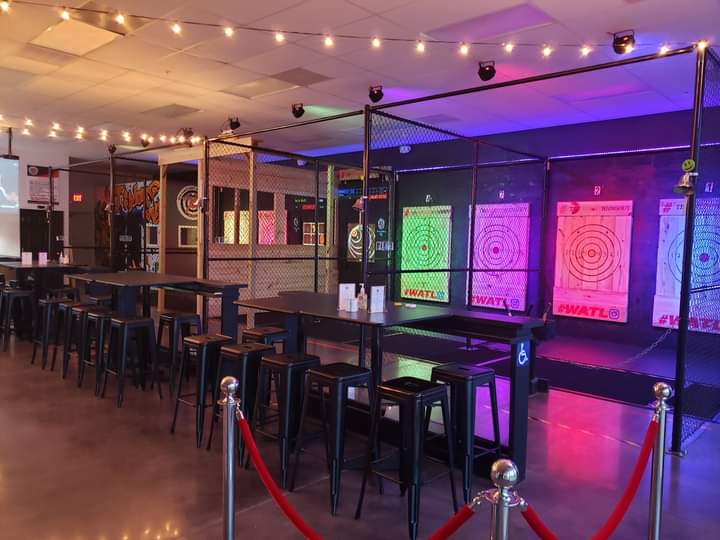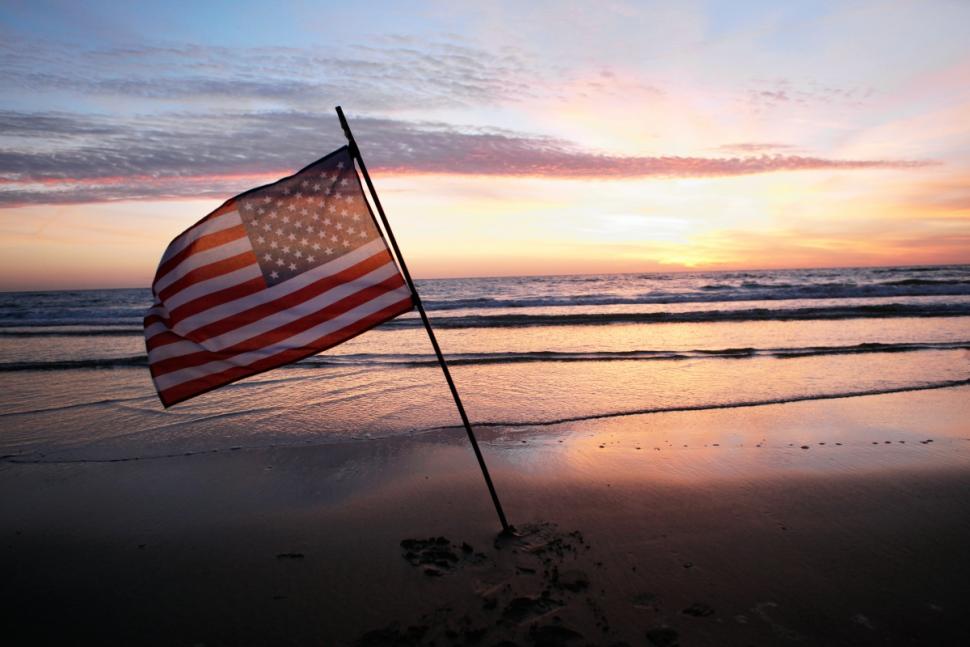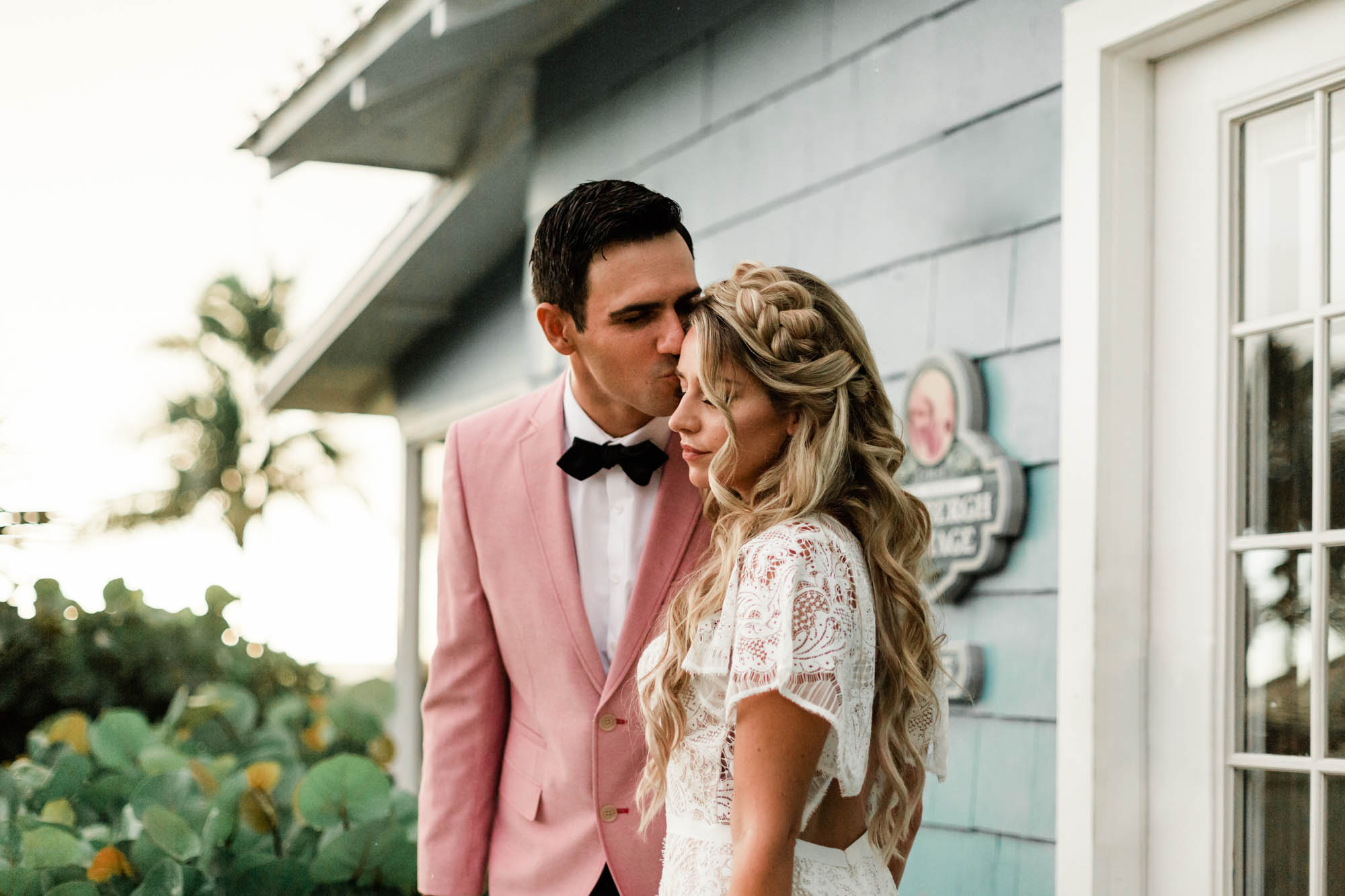
You’ve reached Southwest Florida’s premier resort. You’ve unpacked warm-weather gear from a wind-chilled suitcase. And you may have even run your toes through Captiva’s silky soft, Gulf-kissed sand.
So now what?
While a week spent charging poolside drinks and posting sunset selfies would surely make you the envy of family and friends back in Minnesota, Michigan or Mississauga, the humid, tropical air and rolling waves might simultaneously spark your interest in something a tad less sedentary, too.
And what, I ask, could possibly sound less sedentary than kiteboarding?
Of course, before you get started you’ve got to lay down some definition boundary lines.
Though it’s frequently lumped in with other seaside endeavors like wakeboarding, surfing, paragliding and sailing – kiteboarding harnesses the power of the wind with a large, controllable kite that’s propelled across the water. It’s less expensive and more convenient than other alternatives and unique in that it harvests the wind energy from a much larger atmosphere volume.
It’ll take a giant leap toward the mainstream when it’s included on the roster of events for the 2024 Summer Olympics in Paris, and likely in for an uptick on the 1.5 million worldwide participants.

Ideally, your journey should begin with a trainer kite, which allows you to get familiar with the all-important “wind window” while practicing turns. Pulling left on the kite’s power bar — about 2 1/2 feet long, functioning like a set of handlebars – moves the kite left and pulling right moves it right, with the most dramatic movements coming in the window’s center.
Once you’re up and running with the real thing, you’re attached to the kite with a harness and connected to the board via foot bindings. Stand with your back to the wind and envision the horizon as the top half of a clock, making sure to always keep the kite between 9 a.m. and 3 p.m.
The kite’s most powerful aerial position is 12 p.m.
Pulling the bar closer or letting it move away also impacts power, with the midway position providing the most. If you panic or suddenly feel out of control, let go of the bar and the kite will lose power.

Start by sitting in the water with the board and allow the kite to move into a power position. The pull of the kite will pull you up out of the water, and, while leaning back, presto… you’re kiteboarding.
A few final bullet points:
Hold on tight.
Get up every time you fall down.
Make sure to get a good smartphone shot for the frigid folks up north.
P.S. — When the shadow of your kite swoops along the water past your unsuspecting 10-year-old son, who, mistaking it for a shark, shrieks loud enough to wake a nearby sunbather… you’ve arrived.






